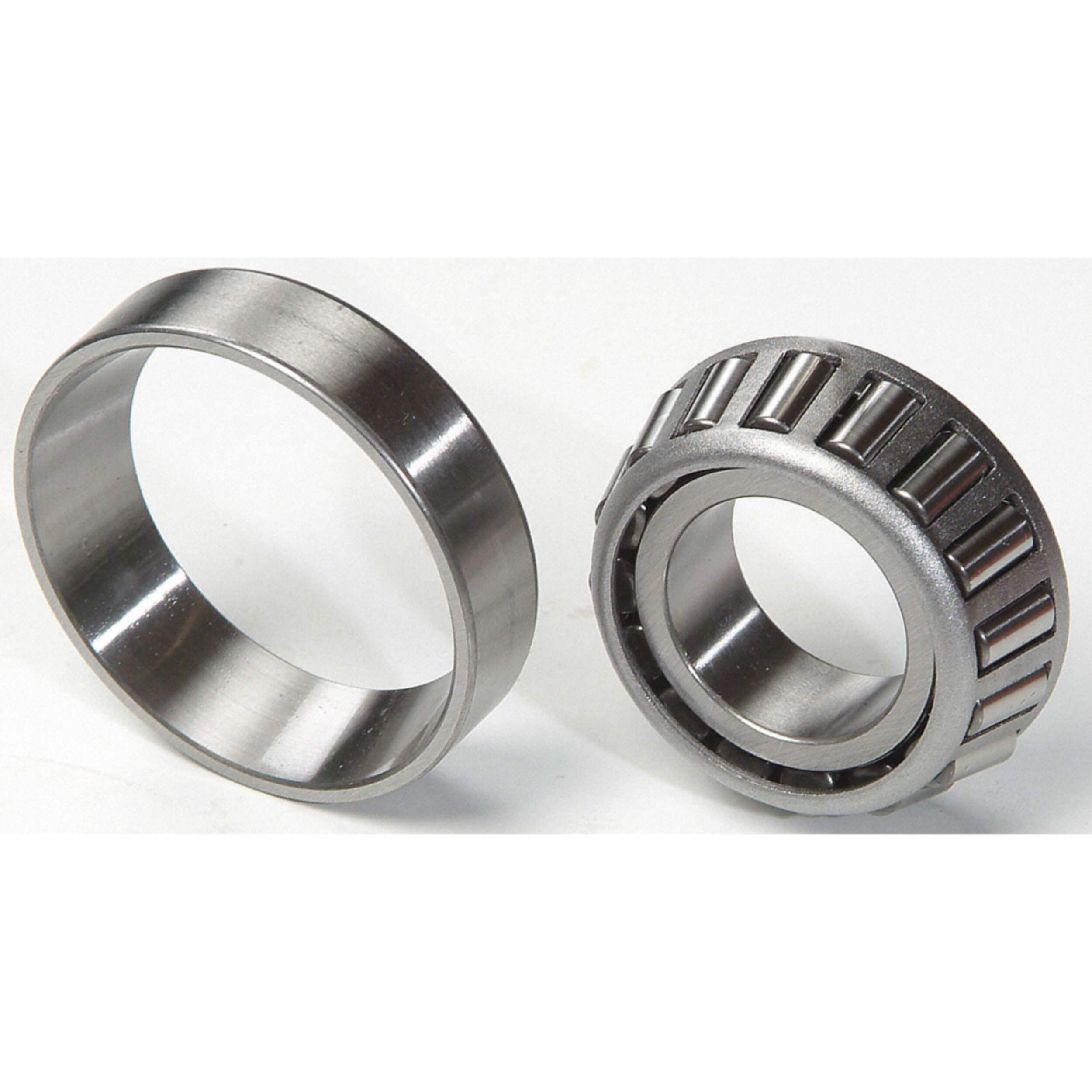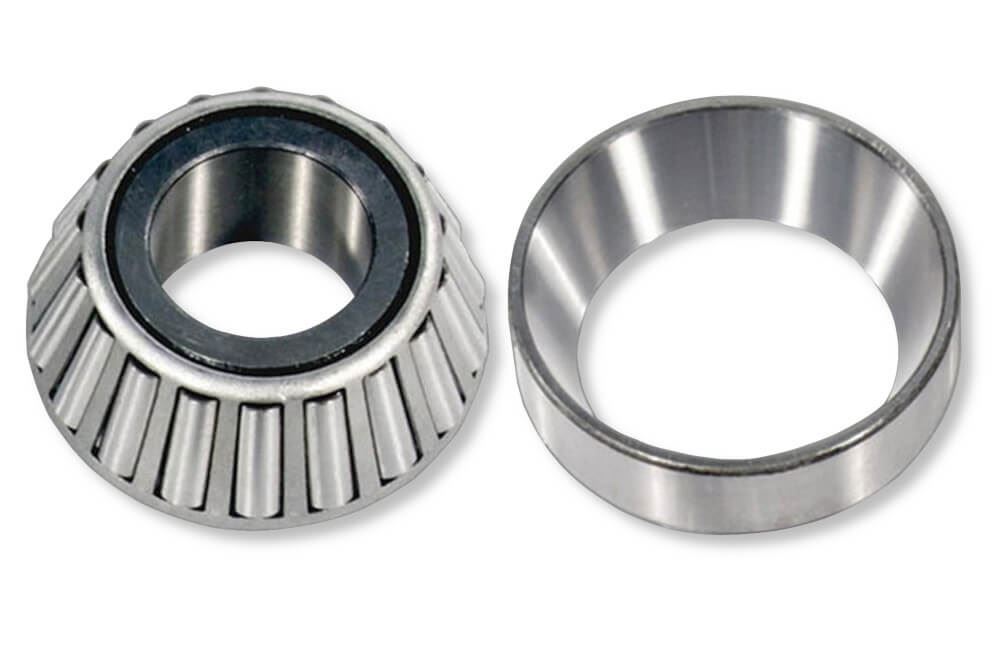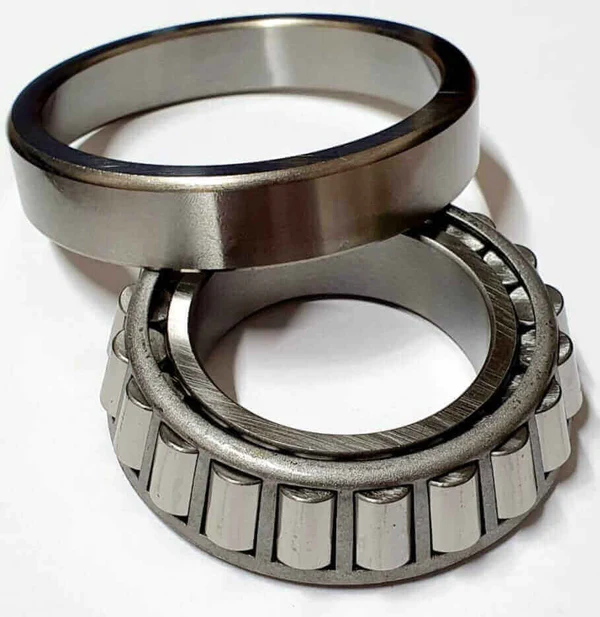
Impact of Proper Installation and Alignment on Cup Bearing Performance
Proper installation and alignment are critical factors that significantly impact the performance and longevity of cup bearings in machinery and equipment. Here’s how they influence bearing performance:
1. Load Distribution: Correct installation ensures that the load is evenly distributed across the bearing’s raceways. Improper alignment can lead to concentrated loads on specific areas, causing premature wear and potential bearing failure.
2. Reduced Friction: Precise installation and alignment help minimize friction within the bearing, which is essential for smooth operation and energy efficiency. Reduced friction can also lead to less heat generation.
3. Noise and Vibration: Proper alignment reduces noise and vibration levels, promoting a quieter and more comfortable working environment. Misalignment can result in increased noise and unwanted vibrations.
4. Longevity: When installed correctly and aligned accurately, cup bearings are more likely to reach their expected service life without experiencing premature failure due to uneven wear and damage.
5. Performance Consistency: Well-aligned cup bearings deliver consistent and predictable performance, which is essential in applications where precision and reliability are paramount.
6. Maintenance Reduction: Correctly installed and aligned cup bearings typically require less maintenance and lubrication, as they experience less wear and tear during operation.
Proper installation and alignment involve following the manufacturer’s guidelines, utilizing suitable tools and equipment, and ensuring that the bearing is correctly seated and aligned with the mating components. Any deviations from the recommended installation and alignment procedures can lead to reduced bearing life and potential operational issues.

Challenges and Limitations of Cup Bearings in Different Environments
Cup bearings, while versatile and reliable, have specific challenges and limitations based on the environments in which they are used:
1. Contaminants: In environments with high levels of contaminants, such as dust, dirt, or moisture, cup bearings may require enhanced sealing to prevent particle ingress, which can lead to premature wear and failure.
2. Temperature Extremes: Cup bearings may not perform optimally in extreme temperature conditions. High temperatures can affect lubrication properties and reduce bearing life, while low temperatures can cause stiffness and reduced flexibility.
3. Corrosive Environments: Exposure to corrosive substances, like chemicals or saltwater, can lead to bearing corrosion. In such cases, selecting materials with high corrosion resistance is crucial.
4. Shock and Vibration: Machinery subjected to high levels of shock and vibration may experience accelerated wear in cup bearings. Proper mounting and maintenance are essential in these situations.
5. Heavy Loads: While cup bearings can handle substantial loads, there are limitations to the magnitude and type of loads they can support. In applications with extremely heavy loads, larger or specialized bearings may be required.
6. Misalignment: Excessive misalignment can cause uneven load distribution, leading to wear and reduced bearing life. Proper alignment and choice of bearing type can mitigate this challenge.
7. Speed: Extremely high-speed applications may require specialized bearing designs to prevent issues like heat buildup and premature wear.
8. Lubrication: In applications where lubrication is crucial, cup bearings should receive regular maintenance to ensure proper lubrication levels and prevent dry running.
Understanding these challenges and limitations is essential in selecting the right cup bearings and implementing appropriate maintenance practices to maximize their performance and longevity in various environments.

Comparison of Cup Bearings with Other Bearing Types
Cup bearings, also known as tapered roller bearings, differ from other bearing types like ball bearings and roller bearings in several ways:
1. Load Capacity: Cup bearings are designed to handle both radial and axial loads, making them suitable for applications with combined forces. Ball bearings primarily handle radial loads, while roller bearings, including cup bearings, can manage both radial and axial loads.
2. Tapered Design: Cup bearings have a tapered design, which helps distribute loads more evenly, reducing the risk of damaging the bearings. Ball bearings have a different internal structure with small, spherical rolling elements, while roller bearings have cylindrical or tapered rollers.
3. Precision and Accuracy: Ball bearings, especially precision ball bearings, offer high levels of accuracy and low friction, making them suitable for applications where precise movement is essential. Cup bearings can provide precision but are typically used in applications with moderate to heavy loads.
4. Lubrication: Lubrication requirements can vary among bearing types. Cup bearings typically require adequate lubrication to operate efficiently. Ball bearings may need less lubrication due to their low friction design.
5. Versatility: Ball bearings and roller bearings come in various configurations, making them versatile for different applications. Cup bearings are primarily used in applications where tapered rollers are advantageous, such as automotive wheel hubs and gearboxes.
6. Specialized Applications: Some applications may benefit from specialized bearings like ball screws with ball bearings for high precision linear motion or spherical roller bearings for applications that require misalignment compensation.
The choice between cup bearings, ball bearings, and roller bearings depends on the specific needs of the application, including the type and magnitude of loads, operating conditions, and precision requirements. Each bearing type has its advantages and limitations, making proper selection essential for optimal performance and longevity.


editor by CX 2024-02-04